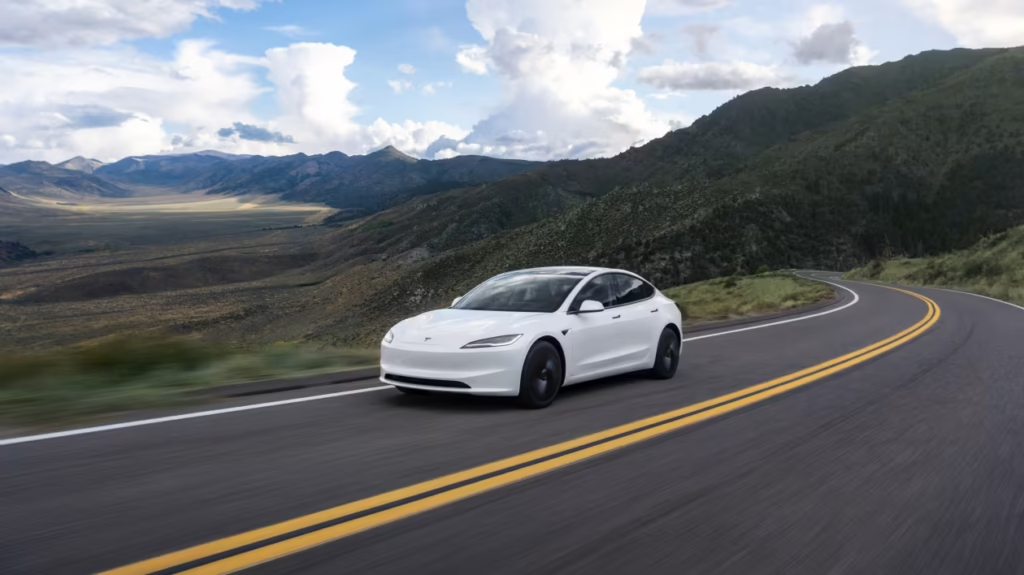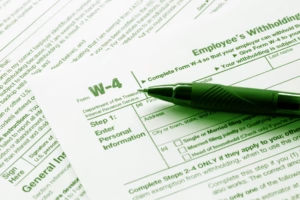The starting price of the “standard” Model Y is $39,990.
Last week, Tesla Inc. finally unveiled new, more reasonably priced electric cars that are aimed at attracting new clients and assisting the business in shedding its image as a corporation that caters to the wealthy. However, considering the trade-offs that customers will have to make, it is uncertain if it will be profitable.
Starting at $39,990, the “standard” Model Y is roughly $5,000 less expensive than the “premium” electric SUV, which was previously the base model. In contrast, the “premium” electric compact costs $42,490, while the “standard” Model 3 costs $36,990. Cutting a few thousand dollars off some of the best-selling cars in the world can be a significant deal, even though neither of the new models is as inexpensive as some investors had initially thought.
Morningstar analyst Seth Goldstein recently wrote, “This puts these vehicles in the higher end of the affordable SUV and sedan categories.” “This should help Tesla boost deliveries following the expiration of the U.S. EV tax credit at the end of September.”
An inexpensive car would probably be welcomed by customers at any time. However, Tesla (TSLA) is fortunate to have released its most recent models only a week after the price of cars in the United States hit a record high.
According to Kelly Blue Book on Monday, the average cost of a new car in the United States hit $50,080 last month, the first time it has ever beyond the $50,000 price range. At $58,124, the average electric car was even more costly. The average price of a Tesla car was $54,138.
Erin Keating, executive analyst at Kelly Blue Book parent company Cox Automotive, said in a statement that “the $20,000 vehicle is now mostly extinct, and many price-conscious buyers are sidelined or cruising in the used-vehicle market.”
However, there is a price associated with the lower pricing of Tesla’s base models.
Some of that is cosmetic: the dashboard lacks ambient lighting, the eight-inch touchscreen and AM/FM radio are absent, and the seats are only partially vegan leather instead of fully. Additionally, neither variant has ventilated front seats, and the regular variant Y has a cloth headliner covering the panoramic glass roof that Tesla typically uses.
Any of these adjustments, when considered separately, might be dismissed with ease. However, when combined, they can significantly impact customers, including those who are trying to save money.
Ivan Drury, head of insights at Edmunds, stated, “People are getting addicted to features that make your life easier or more convenient.” “Convenience reigns supreme. “Content is king.”
According to Drury, consumers find cheaper models more enticing on paper, but they usually revert to their previous behavior until there is a “significant” amount of money to be saved. To put it another way, a person who has grown rather accustomed to their ventilated seats is prepared to pay a little bit extra for that comfort. For that type of customer, a premium Model Y with those features might be worth the extra few thousand dollars.
“It’s not enough money to make a hugely compelling reason [for consumers] to defect from another brand either,” Drury continued when discussing Tesla’s recent product releases.
Base-level EVs from several major automakers are already available for about the same price as Tesla’s new models.
The base model of the electric SUV, the Ford Motor Company’s (F) Mustang Mach-E Select, costs $37,995. The 2026 Toyota Motor Corp. (JP:7203) bZ and its Subaru Corp. (JP:7270) brother, the 2026 Solterra, with starting prices of $34,900 and $38,495, respectively. The 2026 Leaf model from Nissan Motor Co. Ltd. (JP:7201) starts at just $29,990.





